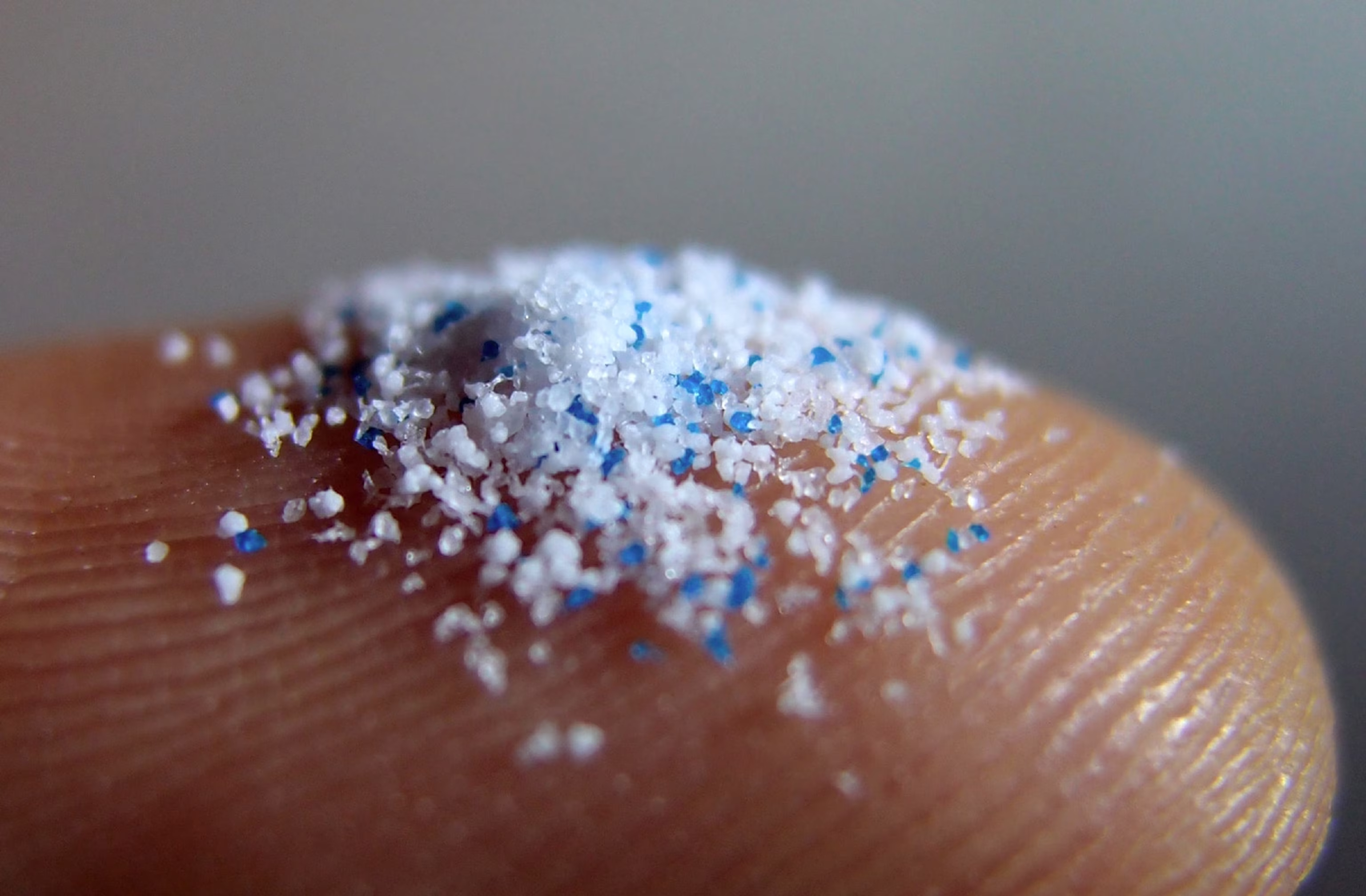How Microplastics Are Shaping Our Health and Environment

Microplastics are incredibly small particles of plastic that come from products like packaging, clothing, and industrial waste.
The Dive
Microplastics are a growing problem, found everywhere from the deepest parts of the ocean to the air we breathe. The small plastic particles come from things like synthetic fabrics, broken-down plastic bottles, and personal care products. When these particles enter our ecosystems, they can be harmful to wildlife, especially marine animals that mistake them for food. As they travel up the food chain, they may even end up in the food we eat.
The effects of microplastics on human health are still being studied, but there are concerns about how they might impact our bodies. Since plastics contain harmful chemicals that leach into the environment, consuming microplastics could have unknown consequences for human health. For example, some studies suggest that microplastics might disrupt the endocrine system, leading to potential health issues.
The best way to tackle the microplastic crisis is by reducing our reliance on plastic products. This means choosing sustainable alternatives like glass, metal, or biodegradable materials. Recycling plastic properly and supporting companies that prioritize sustainable practices can also help reduce the amount of plastic waste entering our oceans and landfills.
As young people, you have the power to drive change. Whether it's making small adjustments in your daily routine or advocating for broader environmental policies, every effort counts. By educating ourselves about microplastics, we can help create a future where the oceans are clean and the air is free of harmful pollutants.
Why It Matters
Microplastics might be tiny, but their effects are enormous. From harming marine life to potentially impacting our health, these pollutants are a reminder of how interconnected our environment and our bodies truly are. Understanding the full scope of the problem is the first step toward addressing it, and each individual action—like reducing plastic use or supporting sustainable practices—makes a difference.
?
Dig Deeper
Modern life would be impossible without plastic – but we have long since lost control over our invention. Why has plastic turned into a problem and what do we know about its dangers?
Freshwater is a crucial resource for all living organisms on Earth. It is essential for the survival of humans, plants, and animals.
51 Trillion particles of microplastics float in our oceans. Yet there is very little science of how this affects our health. This video shows why we should gain back control over plastic in our lives.
Related

Climate Change and Its Impact on the Future
Climate change is reshaping our planet. From rising temperatures to more extreme weather events, what can we do to mitigate its effects and create a sustainable future?

The Ozone Hole: A Wake-Up Call from the Sky
In 1985, scientists discovered a gaping hole in the ozone layer above Antarctica. It wasn’t just a science headline—it was a planetary red flag. And the world actually listened.

The Properties of Water
Water isn’t just wet. It’s weird—and wonderful. From defying gravity in trees to sticking to itself in your bloodstream, water’s molecular magic is what makes life on Earth possible.
Further Reading
Stay curious!
